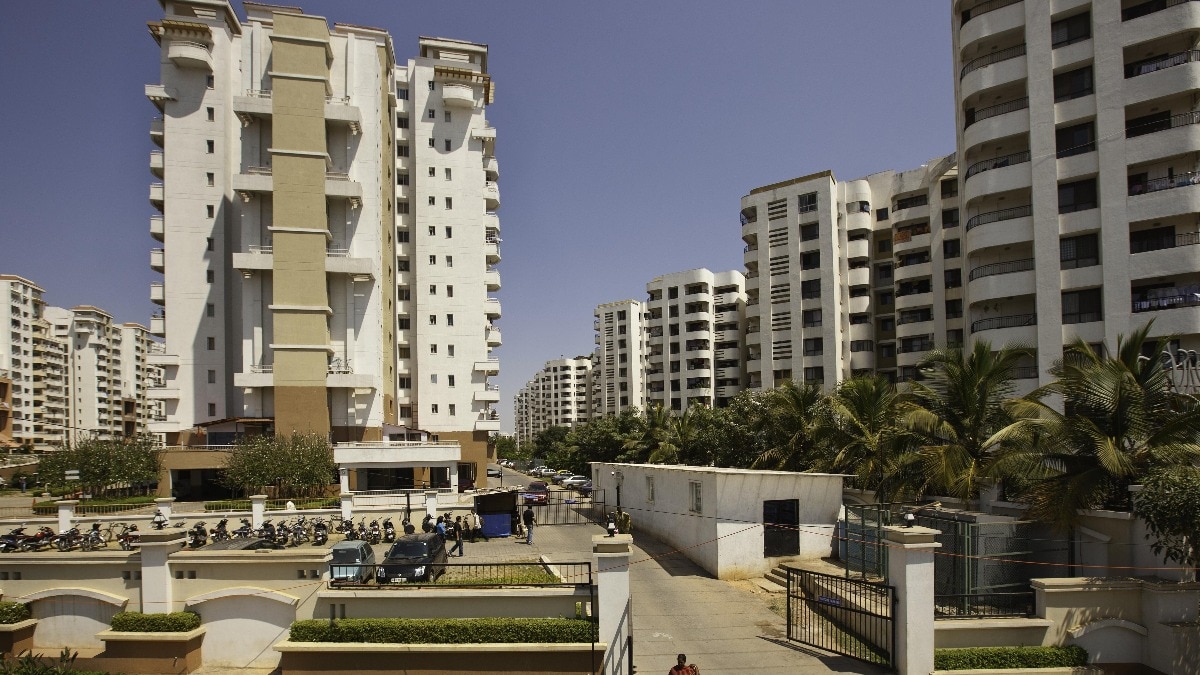An NRI couple thought they were making a smart move when they bought a flat in Hyderabad in 2010. Fifteen years later, they walked away with just a $8,500 profit—barely 0.5% annualized.
When adjusted for inflation and currency depreciation, their “investment” cost them over $210,000 in lost returns.
The couple purchased a 3BHK apartment in Nanakramguda’s Mantri Celestia complex for Rs 64 lakh. Spread over nine years, their payments—including woodwork—totaled Rs 64.34 lakh.
Possession came late, in 2019, and they sold the flat in 2024 for Rs 90 lakh.
On paper, it looked like a win. After taxes and fees, they cleared Rs 84.9 lakh from the sale and added Rs 7.2 lakh in net rental income over five years. That’s a 45% gain in rupee terms—until you convert it to dollars.
The rupee slid from Rs 45/$ in 2010 to Rs 85/$ in 2024. Their $111,740 investment ended up yielding just $120,000—an $8,500 gain over 15 years.
That translates to an annualized return of just 0.5%, a fraction of what they would’ve earned in the S&P 500 index. If they had simply invested in a U.S. index fund, their money could have tripled.
“There’s a cost to doing nothing, but a bigger cost to doing the wrong thing,” the investor reflected on the rupeestories subreddit. “This wasn’t just a financial mistake—it was a drain on time, energy, and mental bandwidth.”
Poor rental yield—just 2.25% gross—and slow appreciation sealed the deal. Despite being located in Hyderabad’s touted IT corridor, the flat didn’t see the growth or demand they expected. It sat on the market before finally selling, underscoring real estate’s illiquidity.
A Gurgaon-based manager shared a similar caution: a peer who bought a Rs 70 lakh flat in a Tier II city in 2022 sold it for Rs 75 lakh two years later—netting almost nothing after costs.
The lesson is blunt: real estate isn’t always the solid bet it’s made out to be—especially for NRIs counting returns in dollars, not rupees.
